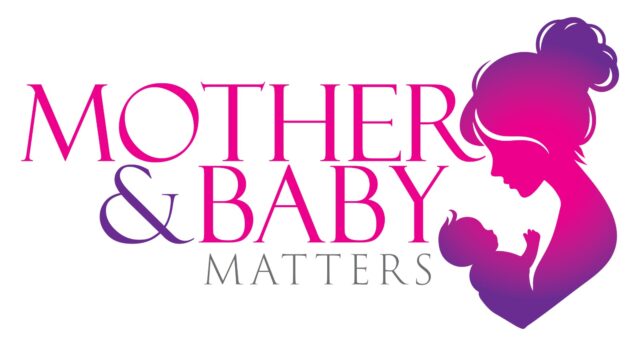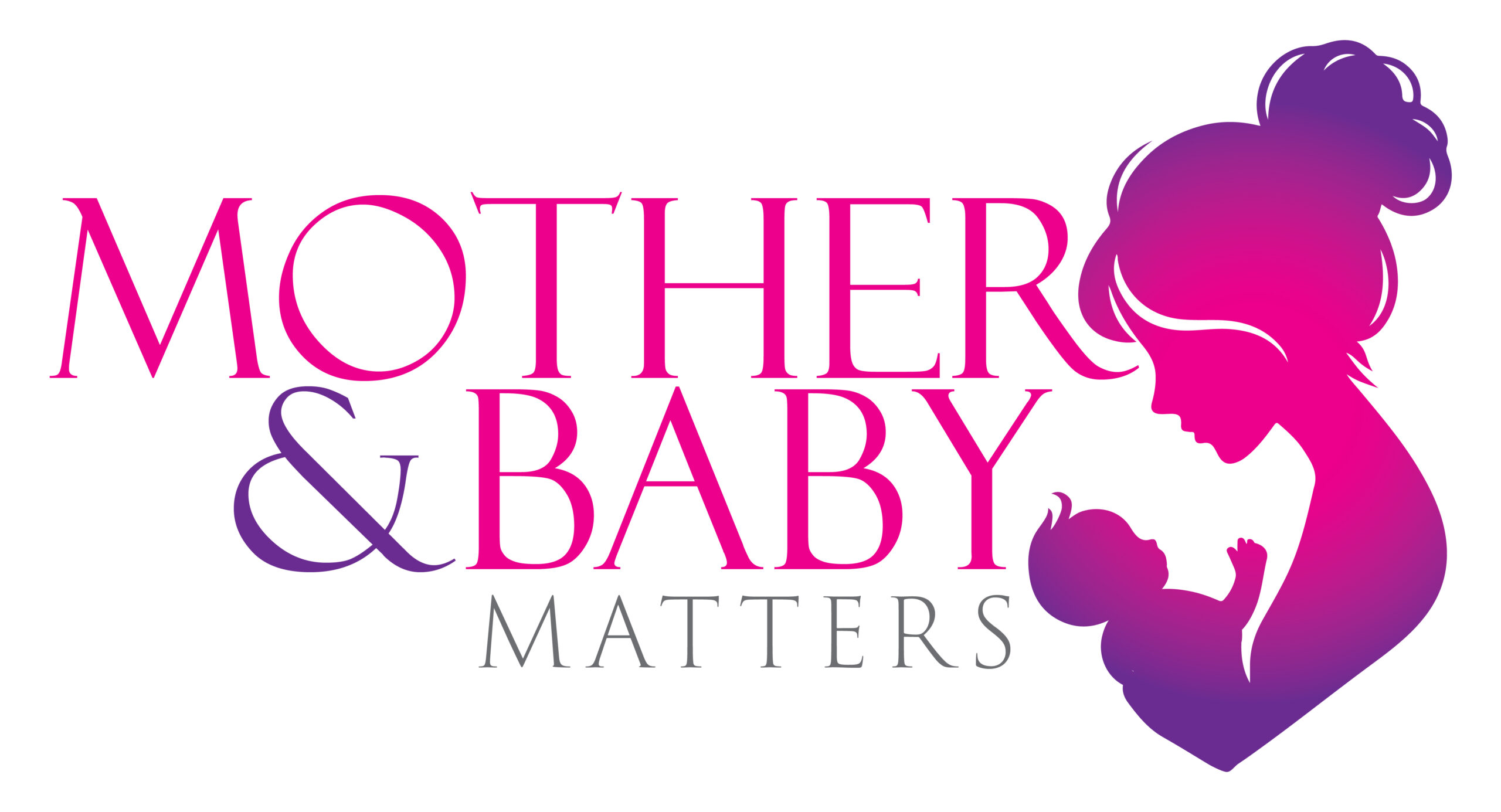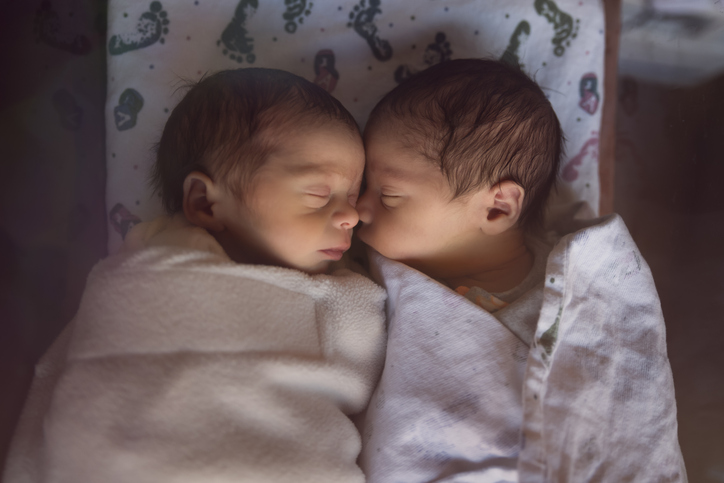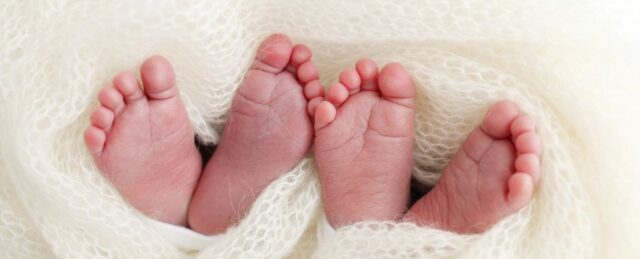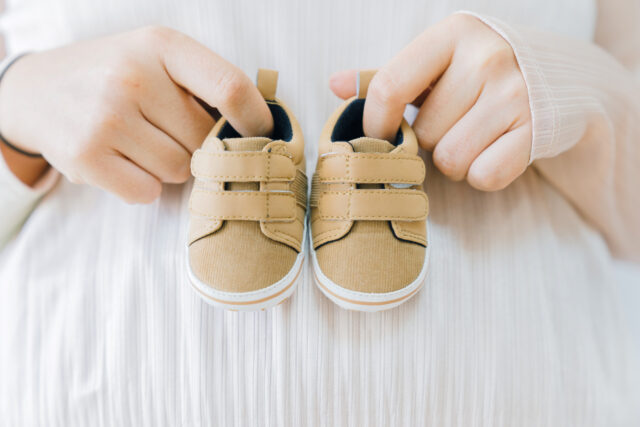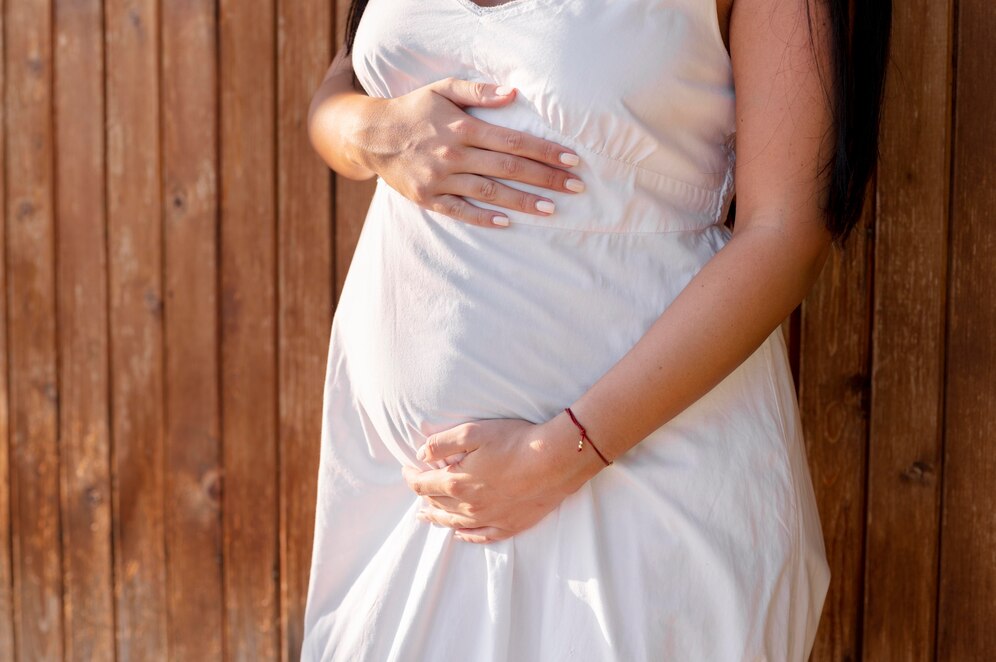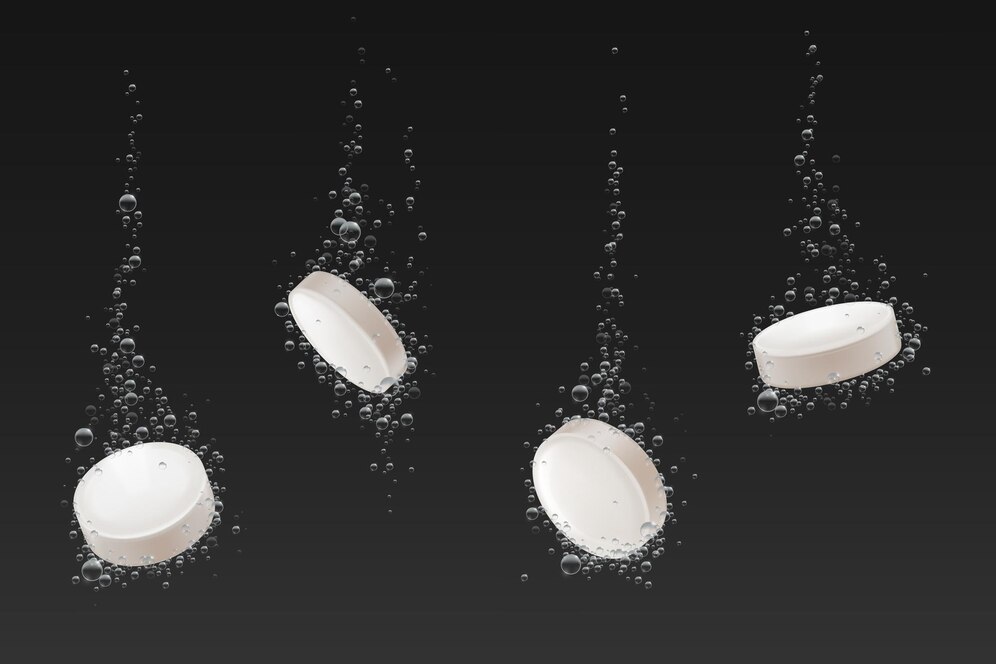Globally, birth rates are declining, yet the number of twins and triplets being born is at an all-time high. This unprecedented trend is expected to continue, defying historical patterns where twinning rates typically dropped alongside overall birth rates.
There are many reasons include social drivers such as older-age pregnancy and greater use of fertility treatments appear to be key factors.
Although less common than pregnancy with one baby, multiple births are a natural part of human reproduction. About one in every 60 pregnancies is a multiple birth – whether that’s twins, triplets or even sextuplets.
Twins occur when two separate eggs are fertilized at the same time, or when a fertilized eggs splits into two. Multiple births can also happen as a result of “hyper-ovulation” – when more than one egg is released in the same cycle.
This phenomenon is more likely to happen in women as they get older due to changes in the menstrual cycle’s hormonal patterns as they approach perimenopause. While rare, hyper-ovulation can lead to the natural conception of triplets or even higher-order multiples like nontuplets (nine babies).
Data from England and Wales in 2023 shows that for women under 20, one in 2,000 was a multiple birth – but for women aged 35-39, this rises to one in 57. Research suggests multiple births will rise globally between 2050 and 2100, particularly in low-income countries, as maternal age continues to increase.
Indian Perspective
With the rising prevalence of multiple pregnancies, it is crucial to analyze recent trends. Over the past two decades, the twin birth rate in India has surged significantly, reaching 30.5 per 1,000 births, and this trend is expected to continue. Factors such as lifestyle changes, delayed motherhood, hormonal treatments, and high-stress levels have contributed to a sharp rise in infertility, affecting at least one in five couples today. Assisted reproductive technologies (ART), including ovulation induction with or without intrauterine insemination (IUI), carry an 8–10% risk of multiple pregnancies. According to the Indian Society for Assisted Reproduction (ISAR), infertility treatments now account for 30–50% of all twin births.
Birth trends
During the baby boom (1940s-60s), multiple births in England and Wales remained steady at 12-13 per 1,000 pregnancies. Mothers in the 1960s were having their babies at an average age of 26—when multiple births are less likely.
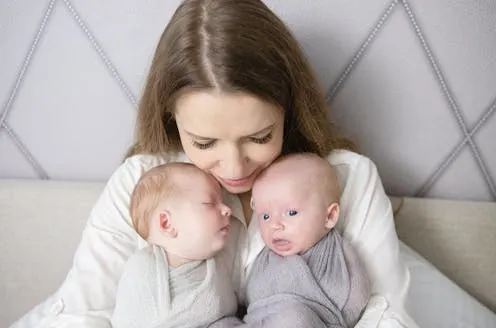
However, the 1970s-80s saw declining family sizes due to economic challenges and increased family planning, reducing the multiple birth rate to 10 per 1,000.
Most women still had babies around age 26. By the 1990s-2000s, multiple births rose again, driven by a slight increase in maternal age and, more significantly, the growing use of fertility treatments.
Most women were having their babies in their mid- to late-20s during this period – around age 26 on average. This meant the UK multiple birth rate also dropped to its lowest – about ten per 1,000 maternities.
In the early days of fertility treatment, it was common practice to place more than one embryo at a time to increase chances of pregnancy success. However, this also increased the risk of multiple births. By the 1990s, fertility treatments led to a 28% multiple pregnancy rate, compared to 1%-2% from natural conception.
“One at a Time” campaign
Concerns over premature births due to this rise led to the “One at a Time” campaign, promoting single-embryo transfers. As a result, the UK’s multiple birth rate from fertility treatments has now dropped to just 4%.
After a decline in the 2010s due to the success of the “One at a Time” campaign, the UK multiple birth rate has risen again to 14.4 per 1,000 maternities. Meanwhile, demand for fertility treatment is at an all-time high. In 1991, UK fertility clinics performed 6,700 IVF cycles, compared to 76,000 in 2021. However, fertility treatments can be expensive, and NHS-funded access is restricted by eligibility criteria. This has led many to seek treatment abroad, where multi-embryo transfer practices vary, potentially increasing the rate of multiple births.
Challenges in Multiple Births
While twins or triplets bring joy to families, they also pose significant challenges. In the UK, the stillbirth rate in twins is nearly double that of single pregnancies, and neonatal death rates are more than three times higher. Around 60% of twins and nearly all triplets or more are born prematurely, often requiring neonatal care, which can heighten parental anxiety.
Beyond birth, raising multiples presents logistical, emotional, and financial challenges. Families need extra support for feeding, sleep, and childcare, alongside greater financial strain. The cost of raising twins or more is estimated to be at least £20,000 higher than having two children separately.
